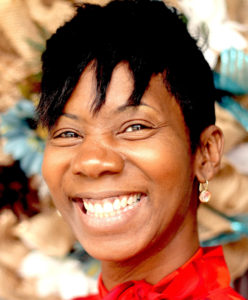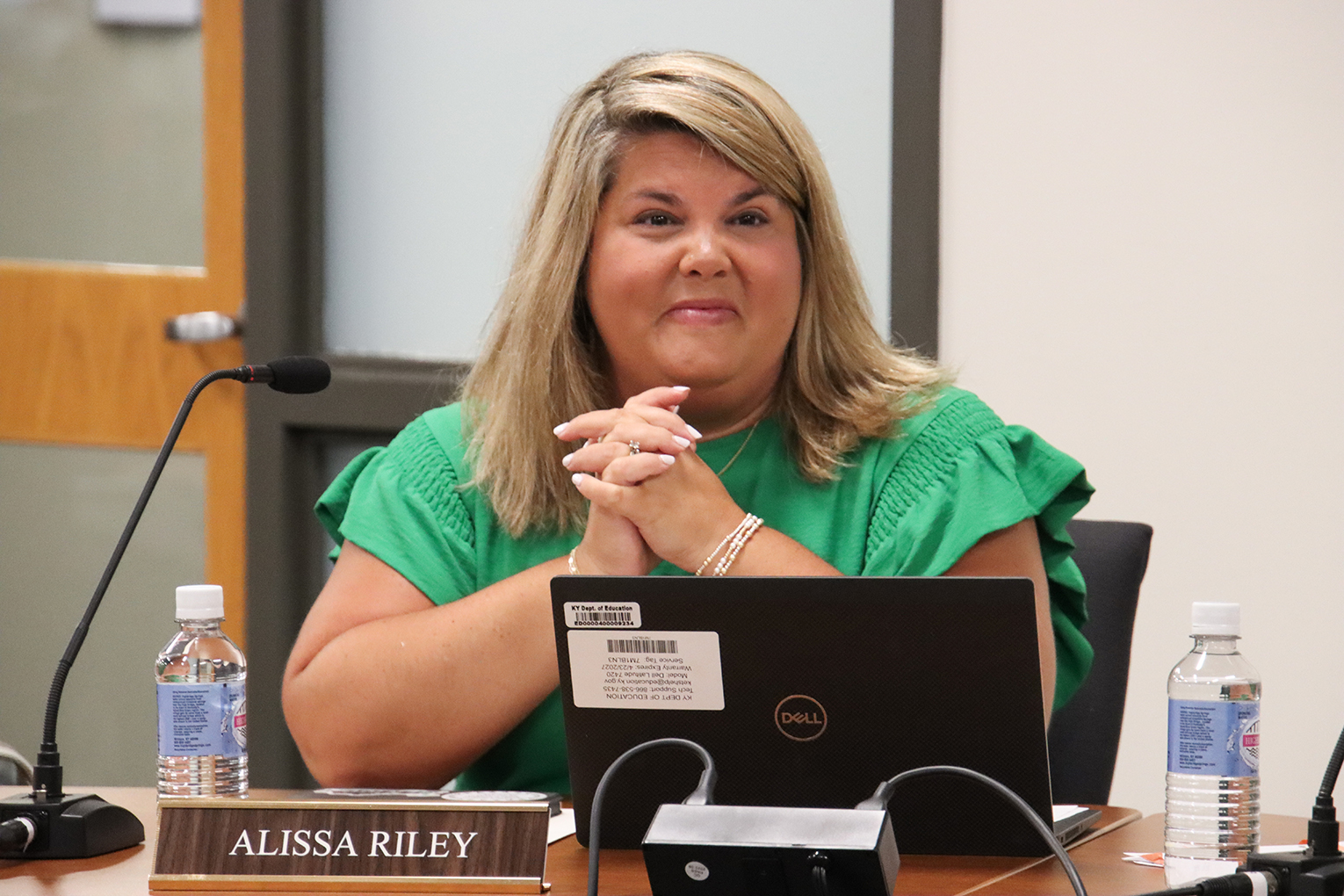
NyRee Clayton-Taylor
I love hip-hop.
Growing up in the ’80s and ’90s provided me the opportunity to be the first generation to grow up entirely on hip-hop. I remember how I was schooled by emcees who would spread their gospel using a body of beats to educate me on the topics of “U.N.I.T.Y” (Queen Latifah), how to “Fight the Power” (Public Enemy), and even taught me how to be “Everything I Am” (Kanye West).
These teachers enlightened me with a perspective that was not discussed in my classroom. Hip-hop was my window into the mind, thoughts and beliefs of others and my first introduction into an analytical body of knowledge that was tangible to me. Before books, teachers and homework, hip-hop was there. It was my beginning into critical literacy and, for many of my students, it’s their beginning as well.
As urban students of color enter into elementary classrooms, they often find themselves thrown into the midst of an achievement gap. In fact, due to the No Child Left Behind Act, researchers found that urban students of color scored significantly behind their white counterparts. While there have been some gains, urban students of color are still suffering from educational disparities that stem from lack of educational access and opportunities, student tracking, negative stereotyping and test bias.
This is the reason that as teachers, we must continue to think outside of the box and use methods that get students excited about learning and offer them ways to connect the known to the new. This is the basis for hip-hop based education. For many students, hip-hop is their universal language and has been a transformative medium for many disenfranchised urban youth, as well as a tool of empowerment that speaks to the injustices of their community. This is why hip-hop based education is needed. It is needed to unlock the doors that stand between the urban learner’s perspective and the disconnect they feel with contemporary schooling.
But how was I going to this?
I’ve read articles from scholars like Christopher Emdin, Marc Lamont Hill, Emery Petchauer and Jeff Chang, who have articulately explained how some middle and high school teachers have used aspects of hip-hop based education as an educational framework. However, the articles are lacking when it comes to fully implementing hip-hop based education in the elementary classroom.
I understood the research behind hip-hop based education and that using hip-hop in the classroom would be entertaining and culturally responsive, but how could I make it age-appropriate and rigorous? How would I be able to effectively teach students how to read and master state standards using hip-hop? And, most importantly, how would I use hip-hop to engage those students in my classroom who were struggling and reluctant to write?
My journey into these questions started eight years ago at Fairdale Elementary School (Jefferson County). I developed a hip-hop alphabet song that taught students the sounds of each vowel and consonant. I also made an alphabet chart that matched the song. I used the song and chart during guided reading that used real images of an afro for the letter A, a picture of a young boy ballin’ on the basketball court for the letter B, etc. But I wanted to do more.
After leaving Fairdale Elementary School, I transferred to teach at Phillis Wheatley Elementary School which serves a majority of students of color and a high-needs student population in the west end of Louisville. I was sure using hip-hop was going to help my students and trigger them into wanting to read and write more, but it wasn’t the case. While they were excited about getting the lyrics and trying to read them (and a few even tried to write their own rhymes), my implementation of hip-hop was just smoke and mirrors. It was a ploy to engage my students rather than empower. I wasn’t using hip-hop as the critical learning tool needed to teach and reach my students.
I began to think about the standards that most of my students had a hard time grasping, and I remembered standard RL.3.6. This standard states that 3rd-grade readers must be able to distinguish their own point of view from that of the narrator or those of the characters. I knew this standard was hard for my students to grasp because students often think of characters as simplistic and one-dimensional. My students just couldn’t see how characters could have multifaceted personalities and deal with complex issues. I didn’t want to just focus on the character’s feelings; I wanted to focus on the multiple perspectives of the characters and how they are influenced by the world in which they live.
Bianca Nightengale-Lee, a former assistant professor at Berea and a colleague, used multiple-perspectives to develop letters from the point of view of characters in a book. I was able to take her idea and implement the use of hip-hop based education so students could create hip-hop songs from the perspective of the characters. This, I knew, would be engaging, but I also knew it was going to be a challenge. I had students in my classroom who did not like to write and who could not read on grade level. I did not want to stereotype my students by not pushing them, but I knew I had to create a safe environment where they were able to take risks, push boundaries and become transformed.
First, we had to identify multiple perspectives and understand that perspective is the point of view of the character. As a group, we identified what the main character said, his actions and his thoughts from the book, “More than Anything Else” by Marie Bradby. We used the close reading strategy – a careful, sustained interpretation of a brief passage of text – and identified what the character said, the character’s actions and the character’s thoughts. Using this close reading strategy allowed students to develop new ideas and think more powerfully about the text. It also enabled them to reflect on what the evidence revealed about the character in the beginning, middle and ending of the story.
After two weeks we were able to develop a hip-hop song from the perspective of the main character. Students were able to create bars (sentences in a rap song) using a graphic organizer that helped them develop lyrics and rhyming words to match.
As time progressed, I began to use all of the elements of hip-hop, including:
- Knowledge (street/self-awareness)
- Graffiti (street art)
- B-Boyin (dancing/break dancing)
- DeJayin’ (technology)
- Fashion (self-expression)
- Language (African American vernacular English)
- Emceein’ (rap)
- Beat Boxin’ (beats)
- Entrepreneurship (ownership)
It is my hope that by merging the ideas of hip-hop based education, critical literacy and the state academic standards that I have made it useful for the elementary classroom and for my students. I hope that my students will be transformed at school and in their communities. Not only do I want them to gain a deeper understanding of the English language arts and writing standards, but I also want them to successfully connect the known to the new. This is true transformation and the true goal of hip-hop based education.
NyRee Clayton-Taylor teaches creative writing through hip-hop at Wheatley Elementary School (Jefferson County). She uses a curriculum that she developed that infuses hip-hop based education and project-based learning to help her students to write to heal. She has taught for 18 year and is product of the Jefferson County school system and Kentucky State University. She is the 2018 Kentucky Elementary School Teacher of the Year.



Leave A Comment